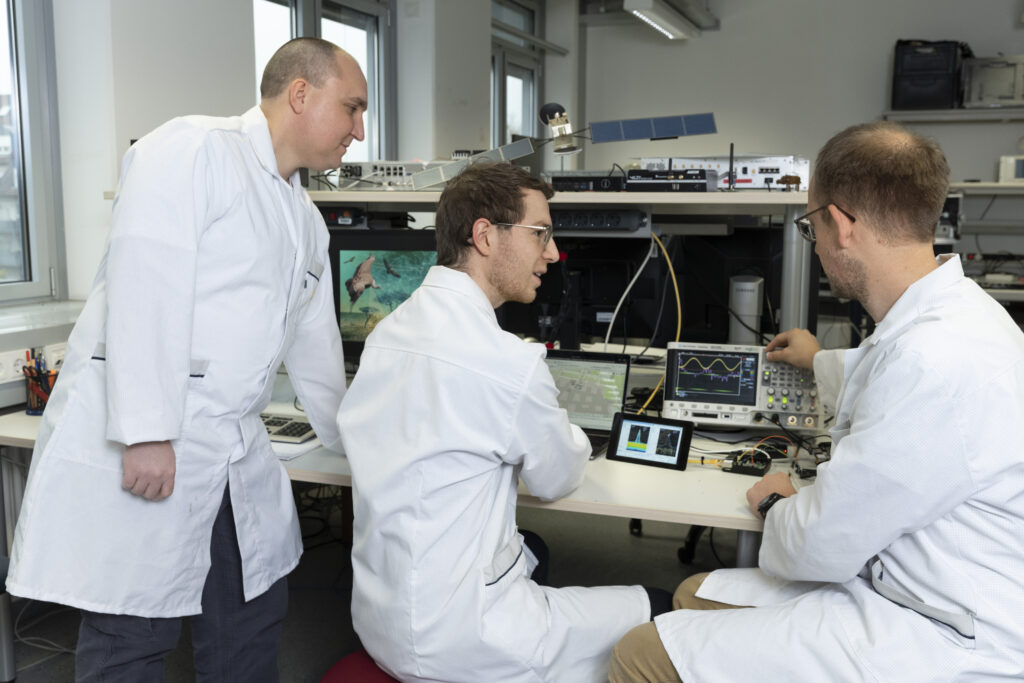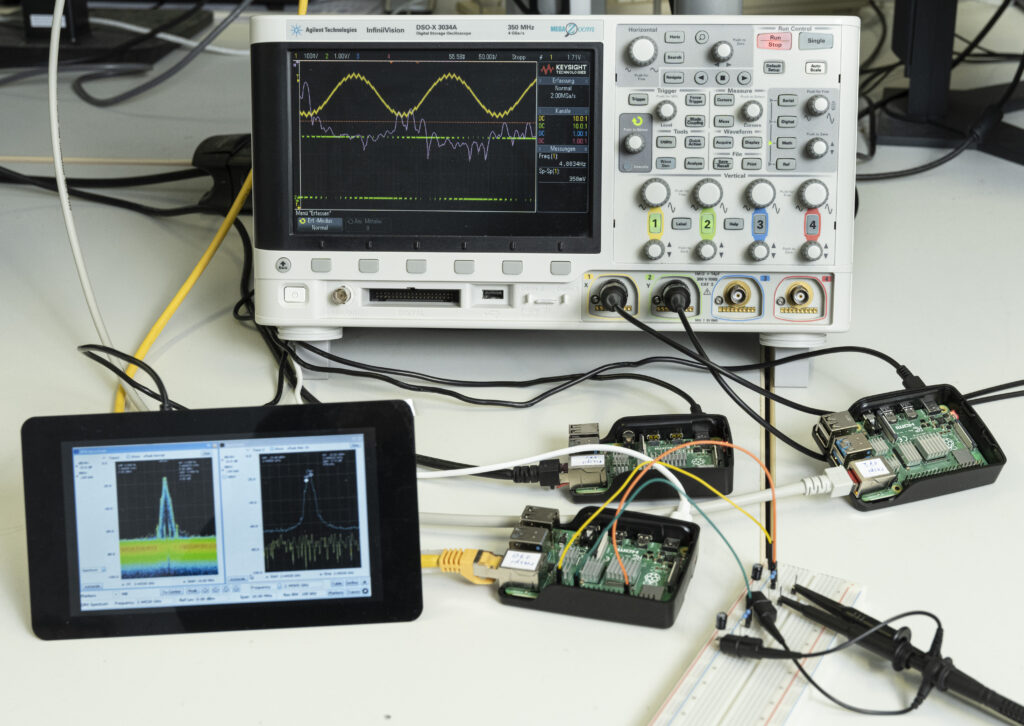Swarm intelligence is a fascinating phenomenon that can be frequently observed within a wide variety of animal species. Whether in birds, fish or ants: Swarms function according to certain rules to which all members of the swarm adhere. This creates synergies that enable the collective to act more intelligently than the sum of its members. In this way, situation-dependent decisions, such as flight or fight, can be made jointly and appropriate actions can be initiated.


Analogous to natural swarm intelligence, the GAIA initiative is mapping digital swarm intelligence in an ad hoc network of microprocessors. These spontaneously forming networks are the foundation for distributed and sensor-based analysis of large amounts of data.
Digital swarm intelligence is used to specifically classify swarm behavior patterns. Real biometric measurement data of individual animals obtained with the help of distributed animal transmitters within a species community are used as a basis. The artificial intelligence that processes the measurement data can generate additional information from the swarm that far exceeds the evaluation of a single animal transmitter.
The self-organized ad hoc network in the Extreme Edge is designed to create a virtual computational platform to run alternate machine learning (ML) models and locally coordinate information from individual swarm participants. The network must be able to act autonomously, ensure the connection of individual wireless nodes within the network and make the collected measurement data available. The volatility of the animal swarms is particularly challenging in this context because the virtual computing platform must remain stable even if individual animals leave the ad hoc network, for example because they move to another area.
In order to make optimal use of the potential and advantages of modern ML models, a minimum size of the installed hardware is necessary. However, small animals are only allowed to carry a small amount of their own body weight. Therefore, a strong limitation of the animal transmitter hardware is required. This is because the larger the battery, the heavier it is. To counteract this, the complex algorithms are not processed centrally on a single device but distributed across multiple end-user devices around the Extreme Edge. To do this, the artificial intelligence is divided up on the basis of the available hardware. The complex computational processes are then dynamically and sequentially assigned to the individual animals in the field using an assembly line-like architecture known as pipelining. Thus, in a process that can be automated, several micromodels are created from a trained ML model whose computational requirements can be efficiently realized by the individual IoT participants. The algorithms are thus not processed centrally on a single animal transmitter but distributed across multiple animal transmitters available in the swarm, which can significantly reduce the weight of the tags.
In the “SyNaKI“ project (Synergy of Natural and Artificial Intelligence in a Swarm), digital swarm intelligence is being developed using the example of vultures in cross-species association with terrestrial mammals. The project is headed by Felix Kreyß, group leader Embedded Systems at Fraunhofer IIS. Together with his team around Torsten Ohlenforst, Moritz Thome, Manuel Schrauth and Maik Bauer, he is working on mapping natural swarm intelligence in digital networks.




